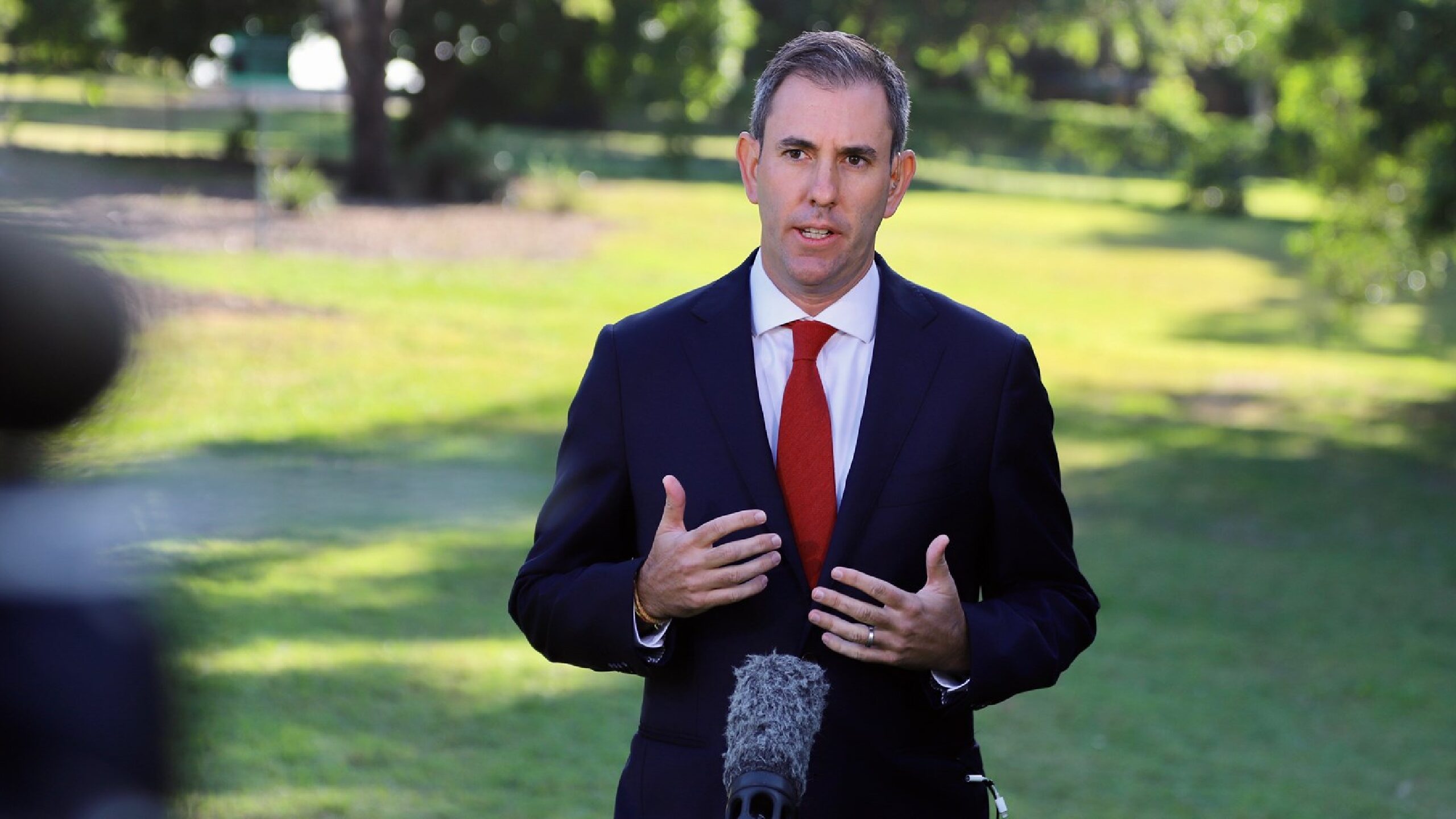Australians keeping up with debts, but wealth levels falling
Most Australian households and businesses are well placed to manage the hit from higher interest rates, supported by strength in the labour market and sizeable savings buffers, according to a new Reserve Bank of Australia report. But household wealth is falling fast as rates rise.
To date, the vast majority of borrowers have continued to service their debts on time by adjusting their spending and saving patterns. The strong labour market has underpinned growth in incomes, enabling indebted households to continue to add to offset and redraw account balances, including those on lower and middle incomes, the RBA said in its half-yearly Financial Stability Review.
However, as debt levels rise with rates, the share of mortgage holders with disposable income is dropping, according to the report, released April 5.
The share of low-income mortgage holders (defined as the bottom quartile of mortgage holders by income) devoting more than one-third of their income to servicing their housing loan jumped to around 45 per cent in January. That is up from around 25 per cent before the first increase in interest rates in May 2022.
In contrast, just 5 per cent of borrowers in the highest income quartile are spending more than one-third of their income on servicing their housing loan.
Nevertheless, most Australian mortgage holders are ahead on repayments. In early 2023, more than 60 per cent of all loans had balances in offset and redraw accounts, “equivalent to more than three months of their scheduled payments, and almost half had buffers equivalent to more than a year,” the RBA said. “These shares are largely unchanged from the first increase in interest rates last May.”
Wealth drops as rates climb
While Australians are keeping up with home loan repayments, their wealth has dropped in response to interest rate hikes. Household wealth fell by 0.4 per cent, or $57 billion, in the December quarter to $14.4 trillion as property prices dropped. This was the third consecutive quarter of decline in household wealth and was driven down by weakness in the housing market. Wealth per capita fell 0.9 per cent, or $4,737, to $546,962 per person.
The value of residential land and dwellings dropped by 2.7 per cent ($260 billion). Household residential property is now valued at $9.2 trillion, which is 3.9 per cent ($374 billion) lower than December 2021 (see chart). But as rates rose, household deposits grew by $32.3 billion in the December 2022 quarter, with a record $623.3 billion now invested in savings and fixed-term deposits.

“Households have increased their investments in term deposits as banks offer higher interest rates on these products,” said Mish Tan, ABS head of finance and wealth statistics.
Superannuation also rose in value in the December quarter as share markets climbed off their year lows, rising 3.6 per cent to $3.4 trillion. Despite the rise, superannuation balances have lost 6.7 per cent ($247 billion) in value since December 2021, reflecting declines in asset prices.
Wealth gap widens
According to demographer Mark McCrindle (pictured) of McCrindle Research, baby boomers are in the best position financially in Australia, having acquired around double their share of national wealth in terms of their population size.
“Interestingly, both the older boomers (age 65-74) and builders (age 75+) have an average income below the national average, but both have a net worth above the national average, showing the effects of wealth accumulation while income tapers off into retirement,” McCrindle said.
He also noted a significant wealth gap in Australia between high- and low-income earners. “The average earnings of the top 20 per cent are 12 times the average earnings of the bottom 20 per cent, and the wealth of the average household in the top 20 per cent is 93 times the average wealth of those in the bottom 20 per cent,” he said.
“The average household gross income is $121,108; however, the top 20 per cent of households earn 48 per cent of all income, with the bottom 20 per cent left with 4 per cent of Australia’s income.”
From 1981 to 2021, the average full-time total earnings for Australian adults increased 5.9 times, from $15,800 to $93,500. Today, the average adult full-time wage is $97,510, while median house prices across Australia are more than $1 million, or 10.3 times the average earnings.










